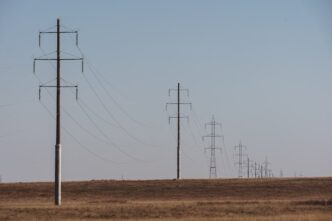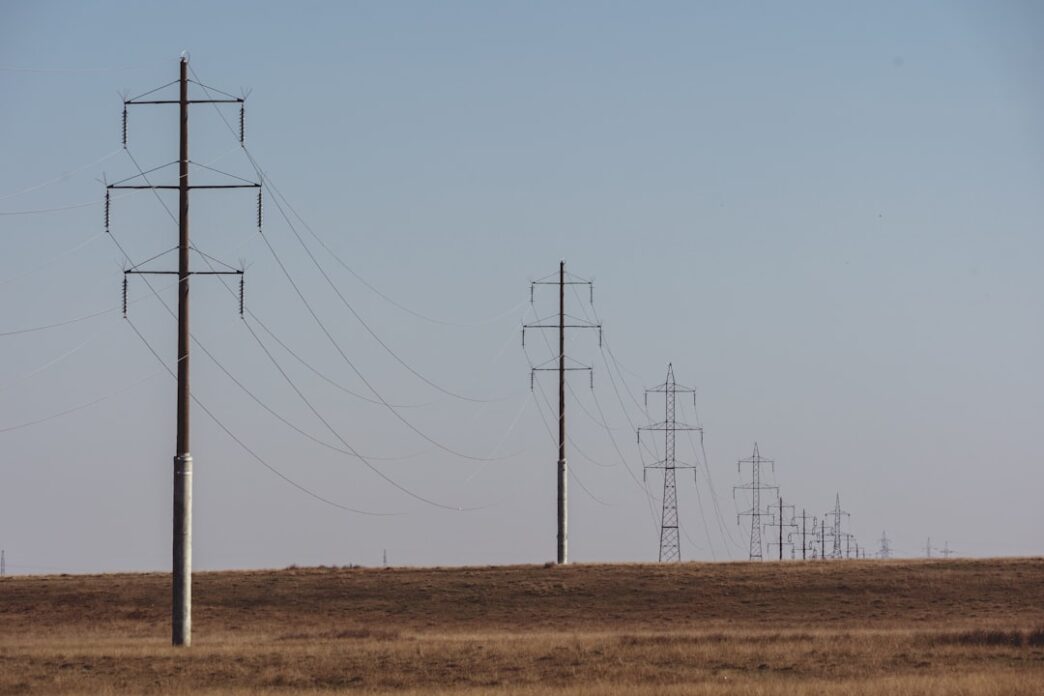Imagine a small town in the Midwest that has recently made headlines not for its agricultural output but for its innovative approach to energy. This community, inspired by a growing trend toward localized energy grids, has embarked on a bold project to harness renewable resources and create a self-sufficient energy ecosystem. By converting agricultural waste into biogas and installing solar panels on local rooftops, the town is reshaping its economic landscape and positioning itself as a model for others.
Localized energy grids aren’t just a trend; they represent a paradigm shift in how communities can engage with energy production and consumption. Traditionally, energy has been the domain of large corporations and centralized power plants, which often leads to vulnerabilities in times of crisis. However, as seen in the case of this Midwestern town, communities are reclaiming their energy independence, with profound implications for both local economies and national energy policies.
First, the economic benefits are immediate and tangible. By investing in localized energy systems, towns can reduce their reliance on distant power suppliers, leading to lower energy costs. According to a report by the National Renewable Energy Laboratory, communities that adopt such systems can save up to 20% on their energy bills. Furthermore, these local grids create jobs not only in installation and maintenance but also in the burgeoning fields of renewable energy research and development.
Additionally, localized energy initiatives can stimulate local investment. When communities invest in their energy infrastructure, they often attract outside funding from green investors who are increasingly interested in supporting sustainable projects. Organizations like the Rocky Mountain Institute are actively promoting these models, highlighting their potential to drive economic growth while mitigating climate change.
However, the journey toward energy independence is not without challenges. Regulatory hurdles and traditional energy monopolies can obstruct progress. For example, many states have laws that favor established utility companies, making it difficult for communities to unbundle their energy sources and manage their grids independently. Advocacy groups are working to change these policies, arguing that they stifle innovation and economic development.
Moreover, the shift to localized energy grids requires a cultural transformation. Communities must embrace a mindset that values sustainability and cooperation over competition. This means fostering a sense of shared responsibility, where citizens are not just consumers of energy but active participants in energy production. The success story of the Midwestern town is a testament to this potential; residents rallied together, hosting town hall meetings to discuss energy needs and benefits, thus building a sense of community ownership around their energy resources.
Internationally, countries like Germany have already seen success with localized energy networks. Their transition to decentralized energy systems—often referred to as the “Energiewende”—has provided valuable lessons on navigating regulatory frameworks and engaging local populations. As nations globally grapple with the impacts of climate change, the adoption of localized energy systems could become a cornerstone of a more resilient economic future.
In the face of climate challenges and energy demands, localized energy grids represent a practical solution with far-reaching economic implications. By empowering communities to harness their resources, we may find that energy independence is not just a dream but an achievable reality that fosters resilience, innovation, and economic growth.













